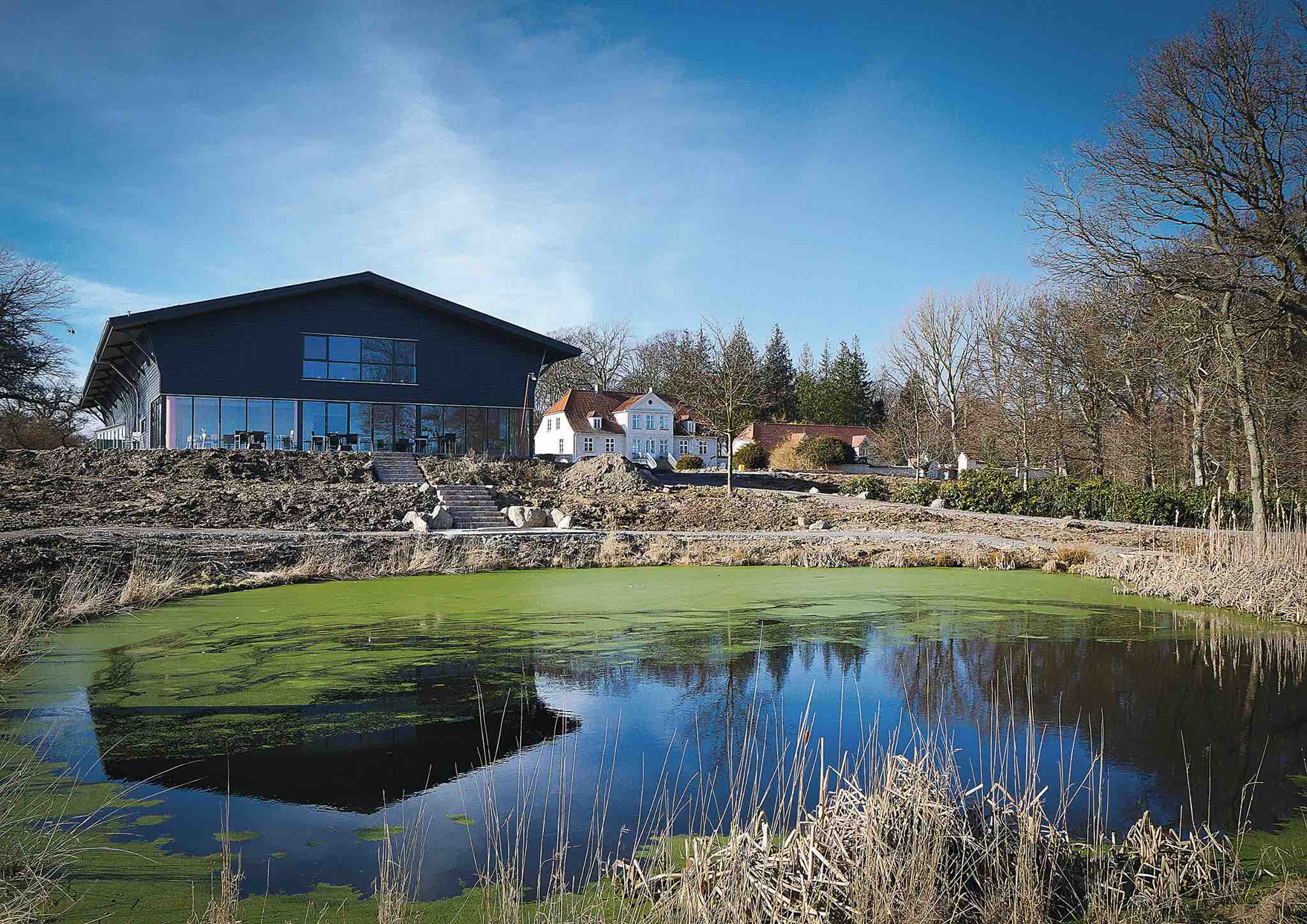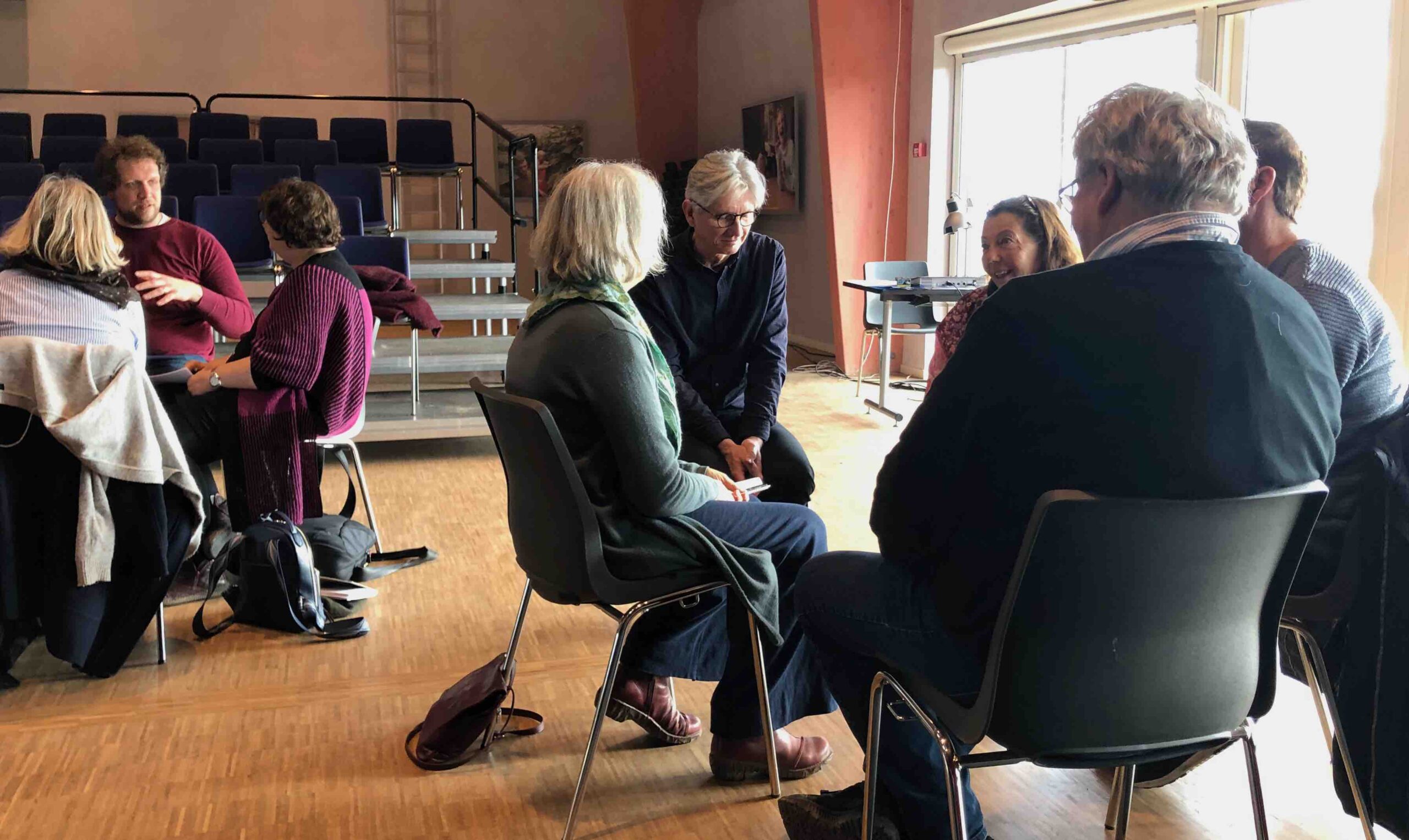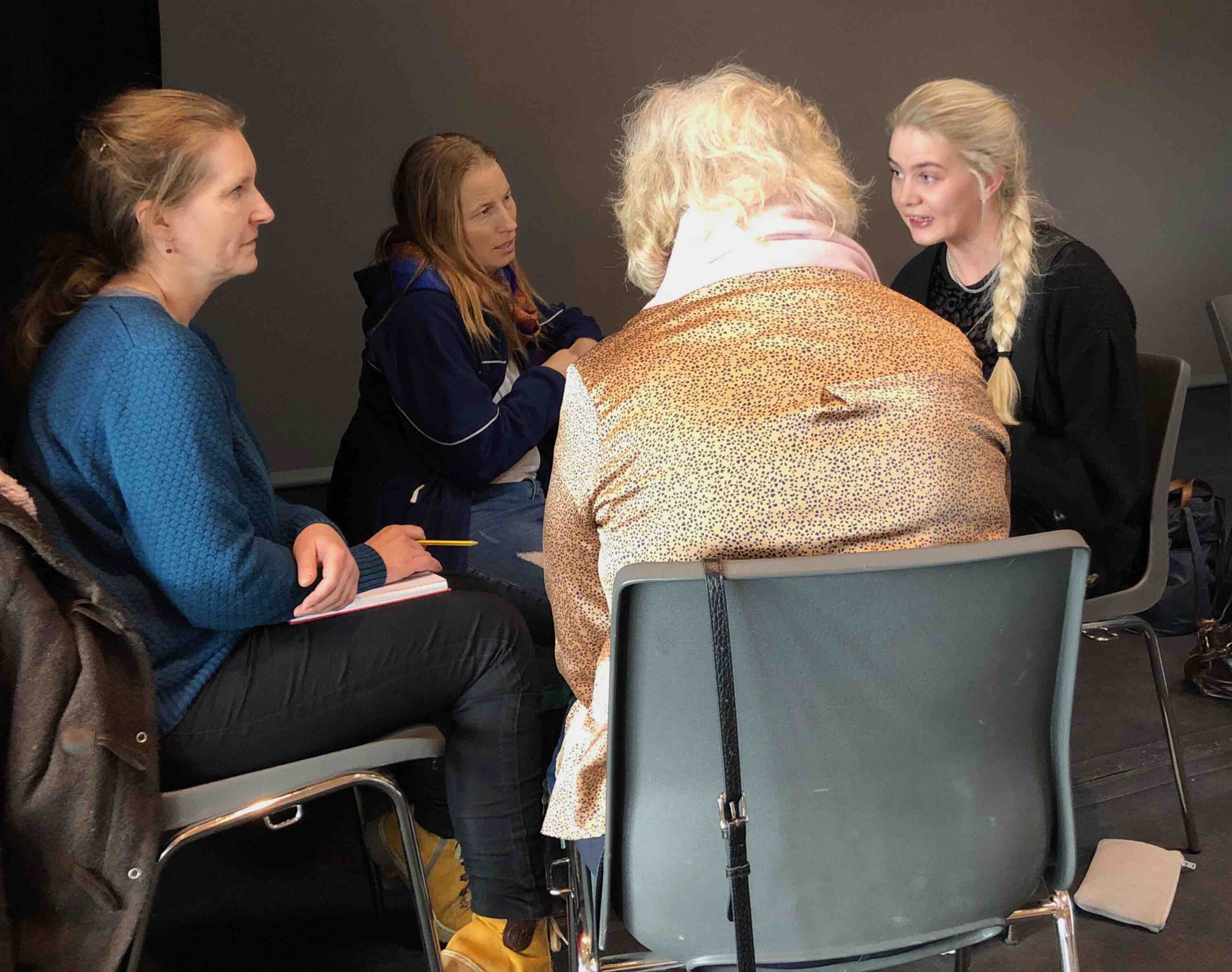Visit to the curative education movement in Denmark
From 24 to 27 February I had the first opportunity to get to know the curative education and social therapy movement in Denmark. As always, it was a challenge to get as many impressions as possible of the diversity and individuality of the initiatives in a short time; to get to know their development history, future impulses and today’s challenges. And vice versa, to use the opportunity to meet as many colleagues as possible and to report to them about the Council and international developments in our field of work. Thanks to the very careful organisation by Elke Bliese, Bernhard Schmitz and Lind Einarsdottir a very rich and varied program was put together.
On the first day I was able to meet the teachers of the curative education training course Uddannelsescenter Marjatta. Terje Erlandsen gave a clear overview of the origins and development of this training, which is recognised by the government and cooperates with the university. The part-time course, which is based on the trial method (theory, art and practice), offers a four-year course in curative education and social therapy, which is currently offered for 65 students. There are also courses in leadership and research, especially on the role of movement and art in curative education and daily care and support.
We exchanged views on the need for good manuals for students and the urgent need to integrate the inner schooling path and meditation into the training. For the future development of the training four themes are central: describing the core themes of Waldorf Education and e.g. the importance of art in it; striving for more cooperation and exchange of experience with Waldorf teacher and kindergarten teacher training in Denmark; developing research and publication in an accessible language; responding to the needs of society.
I was very happy to meet Lisbet Kolmos again. Lisbet was for many years the leader of Marjatta and Council delegate for Denmark. She remains fully committed to the development of two important supporting projects in Marjatta: the Health Centre Helsecenter Marjatta and the development of the School of Spiritual Science.
The multidisciplinary team at the Helsecenter Marjatta, under the direction of the anthroposophical doctor Tomas Henckel Johansen, offers diagnosis, medical advice and therapy to children and adults with developmental disorders. It is a relatively new initiative, but the employees all have a lot of experience in their field.
As a class holder, Lisbet offers class lessons for members of the School of Spiritual Science, supports study groups, teaches phenomenological human science in training, and organizes interdisciplinary symposia on the inner training path.
My contribution about the School of Spiritual Science and its importance for the daily work in curative education and social therapy was enthusiastically received.
There is a lot of potential for further cooperation with many colleagues internationally!
On the second day I had the opportunity to get to know Marjatta in detail: the school, the boarding school, the houses in the spacious surroundings. Tine Bay Sørensen, Bernhard Schmitz and Jens Hegli showed me around and told me all about the development of their initiatives. What I noticed was the balanced, warm atmosphere in which each meeting was approached with great care and attention, and the prominent place of art in the living spaces. Bernard Schmitz told me about the turning point where Marjatta is now. The limits of growth and construction of new houses have been reached, and new steps must be taken to integrate all the different houses and initiatives and to cultivate the inner qualities of the work. At the same time there is the supervision of the government, which makes it necessary to make one’s own work visible with great transparency. A challenge that certainly offers new opportunities and where the exchange with colleagues from other countries can also be of great importance.
In the afternoon I gave my lecture with a workshop on spirituality in daily work for a large group of interested employees and students. We did an empathy exercise in small groups and went deeper into Rudolf Steiner’s practical exercises for the health of the soul.
After the break I said goodbye to Marjatta’s team and was picked up by Elke Bliese to drive to Bernards Hus near Aarup on West Fyn. It was an impressive ride through the vast green landscape, where many fields were flooded by the persistent rain. In Bernards Hus, a social therapy home and workplace for young people and adults with special support needs, colleagues from neighbouring initiatives met the next morning for a lecture and workshop on anthroposophical meditation and its practical application in daily work. As a small dynamic initiative, Bernards Hus plays an important role in the cooperation between smaller and larger social therapy initiatives in Denmark.
After lunch Jakob Bønløkke brought me to the Hertha community after a short visit to his social therapy initiative Tornsbjerggård. Hertha is an example of reverse integration, where 140 people together form a community with 26 people with disabilities. The rich cultural neighbourhood life of this intentional community is inspired by the social impulse of anthroposophy and offers a supportive environment for people with special care needs. Freedom, social commitment and sustainability go hand in hand here.
My lecture on inner schooling as a prerequisite for working with people with disabilities was attended by employees and residents of Hertha as well as employees of the neighbouring social therapy initiatives Tornsbjerggård and Hadruplund.
In the many meetings and conversations during these intensive days I got to know curative education and social therapy in Denmark as a dynamic movement, supported by enthusiastic and warm-hearted employees. The ideals are realized with solidity, clarity and a fine sense of human dignity. The challenges of responding to today’s social needs are met with a strong will to work together. The Anthroposophic Council for Inclusive Social Development is seen as an important partner.
Bart Vanmechelen




